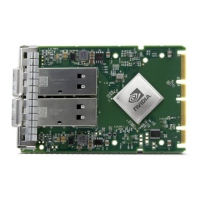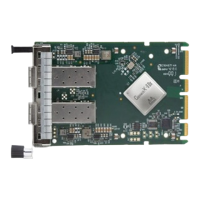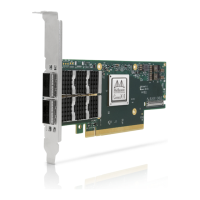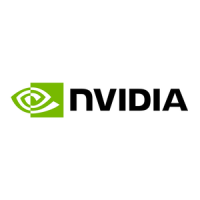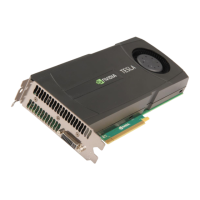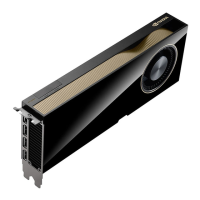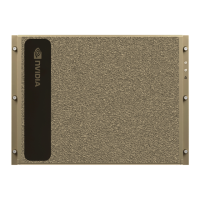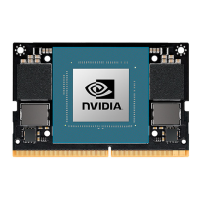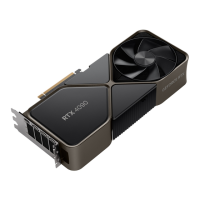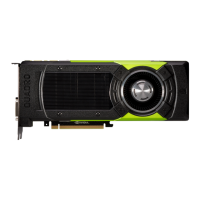•
•
Up to 400
Gigabit
Ethernet
ConnectX-7 adapter cards comply with the following IEEE 802.3 standards:
400GbE / 200GbE / 100GbE / 50GbE / 40GbE / 25GbE / 10GbE
Protocol MAC Rate
IEEE802.3ck 100/200/400Gb/s Gigabit Ethernet
(Include ETC enhancement)
IEEE802.3cd
IEEE802.3bs
IEEE802.3cm
IEEE802.3cn
IEEE802.3cu
50/100/200/400Gb/s Gigabit Ethernet
(Include ETC enhancement)
IEEE 802.3bj
IEEE 802.3bm
100 Gigabit Ethernet
IEEE 802.3by
Ethernet Consortium25
25/50 Gigabit Ethernet
IEEE 802.3ba 40 Gigabit Ethernet
IEEE 802.3ae 10 Gigabit Ethernet
IEEE 802.3cb 2.5/5 Gigabit Ethernet
(For 2.5: support only 2.5 x1000BASE-
X)
IEEE 802.3ap Based on auto-negotiation and KR
startup
IEEE 802.3ad
IEEE 802.1AX
Link Aggregation
IEEE 802.1Q
IEEE 802.1P VLAN tags and priority
IEEE 802.1Qau (QCN)
Congestion Notification
IEEE 802.1Qaz (ETS)
EEE 802.1Qbb (PFC)
IEEE 802.1Qbg
IEEE 1588v2
IEEE 802.1AE (MACSec)
Jumbo frame support (9.6KB)
Memory
Compone
nts
SPI - includes 256Mbit SPI Quad Flash device.
FRU EEPROM - Stores the parameters and personality of the card. The EEPROM capacity is
128Kbit. FRU I2C address is (0x50) and is accessible through the PCIe SMBus. (Note:
Address 0x58 is reserved.)
Overlay
Networks
In order to better scale their networks, datacenter operators often create overlay networks that
carry traffic from individual virtual machines over logical tunnels in encapsulated formats such
as NVGRE and VXLAN. While this solves network scalability issues, it hides the TCP packet from
the hardware offloading engines, placing higher loads on the host CPU. ConnectX-7 effectively
addresses this by providing advanced NVGRE and VXLAN hardware offloading engines that
encapsulate and de-capsulate the overlay protocol.
Quality of
Service
(QoS)
Support for port-based Quality of Service enabling various application requirements for latency
and SLA.
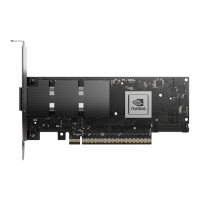
